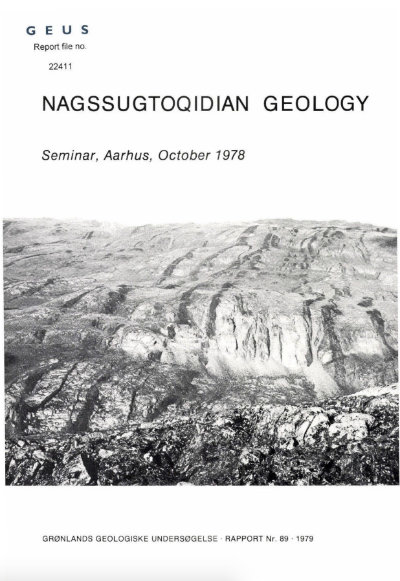Nagssugtoqidian granulite facies metamorphism in the Holsteinsborg region, West Greenland
DOI:
https://doi.org/10.34194/rapggu.v89.7570Abstract
The rocks of the Holsteinsborg district were subjected to conditions of granulite facies metamorphism throughout and for some time after the period of ductile Nagssugtoqidian deformation. Within this span of time the pressure and temperature conditions did not remain stable and may be shown to have varied considerably. Zoning of Al in orthopyroxene coexisting with garnet, and of Mg and Fe in coexisting orthopyroxene and garnet, and clinopyroxene and garnet are interpreted as evidence of gradual cooling folIowing the peak of metamorphism. Zoning of Ca and AI in coexisting c1inopyroxene and plagioclase is interpreted as an indication of decreasing pressure. The assemblage orthopyroxene, sillimanite and quartz was stable during the peak of Nagssugtoqidian metamorphism and is considered to indicate extreme conditions, approaching 900·C, 9.5 kbar. Pyroxene thermometry suggests that peak temperatures exceeded 800 C.
Downloads
Published
Issue
Section
License
This article is distributed under a CC-BY 4.0 licence, permitting free redistribution and reproduction for any purpose, even commercial, provided proper citation of the original work. Author(s) retain copyright over the article contents.


